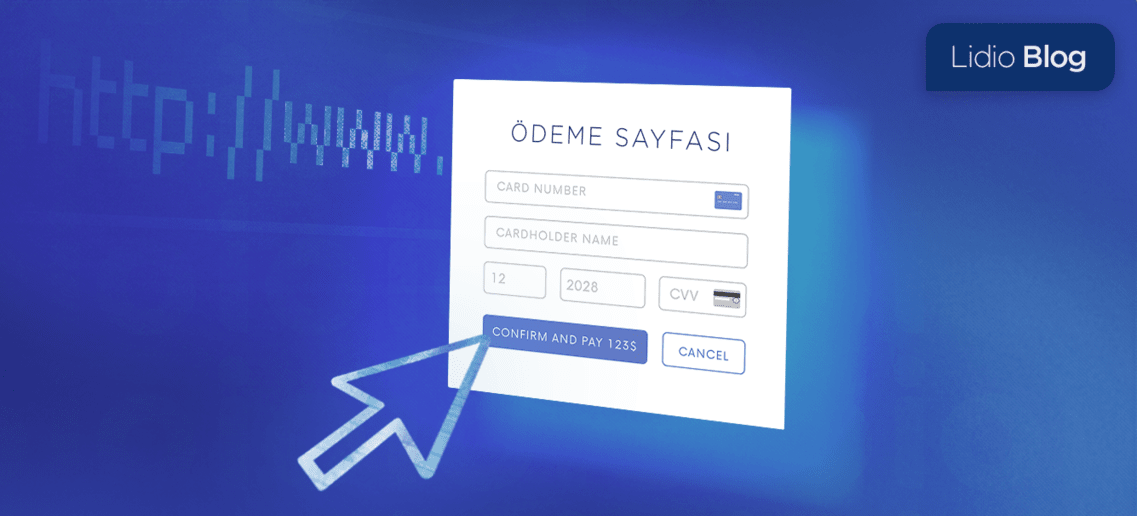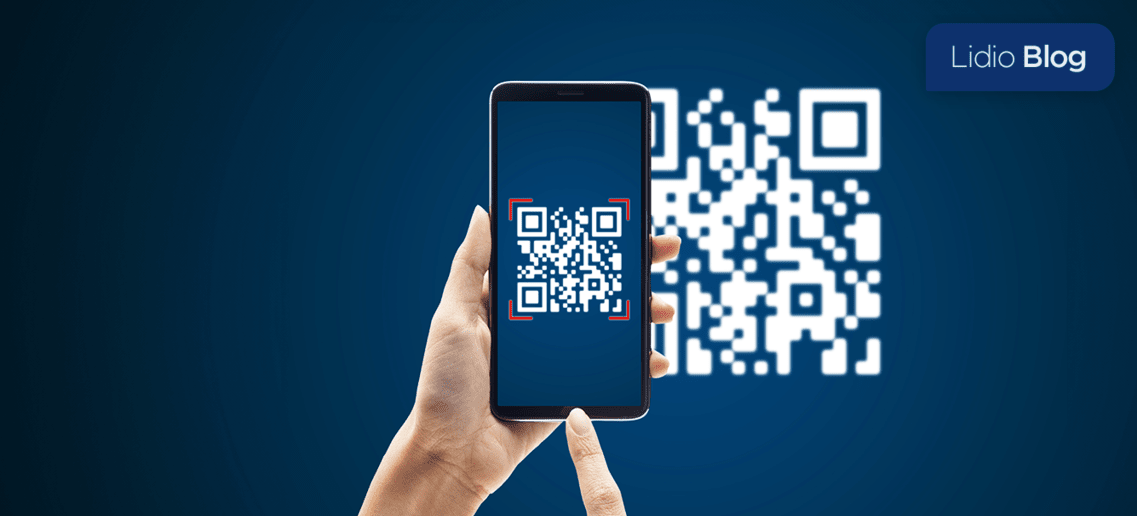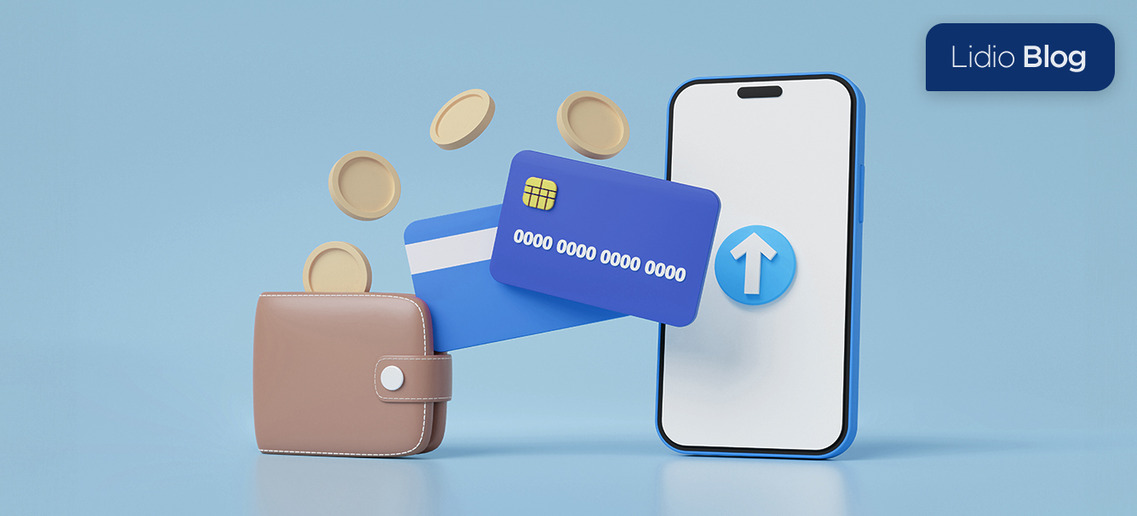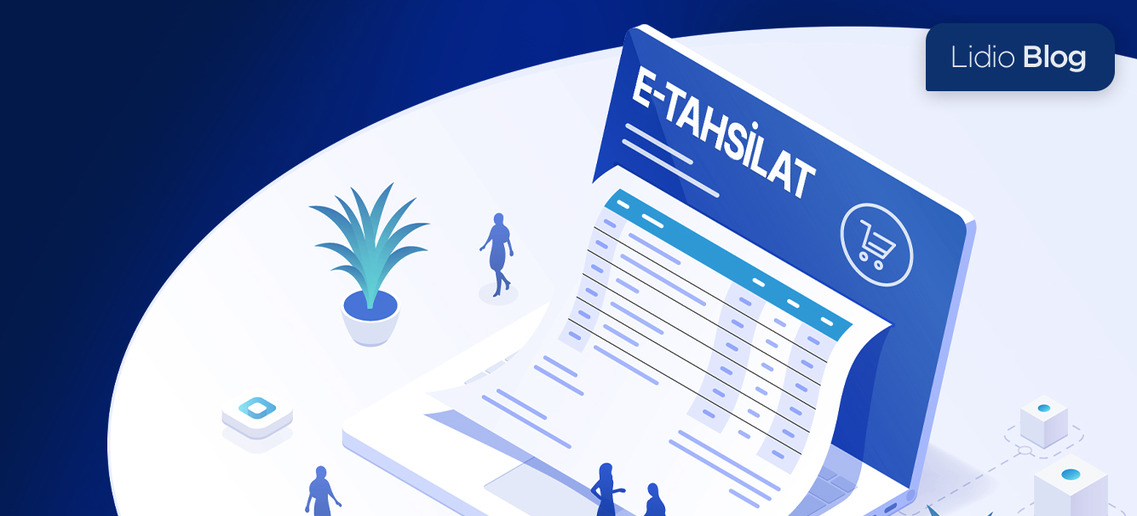
CVV Kodu Nedir?
CVV Kodu Nedir? Neden önemlidir? Öğrenmek için blog yazımızı zirayet edin!...
Ödeme sayfası nedir, sayfa güvenliği nasıl anlaşılır, ödeme sürecinin güvenli olduğundan emin olma yolları nelerdir hakkında detaylı bilgi için blog yazımızı okuyun.

Ödeme sayfası çevrim içi alışverişlerde satın alma işlemini tamamlamak için gerekli olan sayfadır. Müşteriler ödeme sayfası aracılığıyla diledikleri ödeme seçeneğini kullanarak ödeme işlemini tamamlayabilir. Bu ödeme seçenekleri kredi kartı, banka kartları, cüzdanlar, dijital alışveriş kredileri olabilir. Kişisel verilerin korunması açısından, işletme sahiplerinin dikkat etmesi gereken en önemli nokta müşterilerin güvenli ödeme yapabileceği bir ödeme sayfası dizayn etmeleridir. SSL sertifikası ve 3D Secure gibi sistemler çevrim içi alışverişleri daha güvenli hale getirir. ‘’Ödeme sayfası nedir? Güvenli ödeme sayfası nasıl olmalıdır?” sorularının detaylı yanıtlarını blog yazımızda bulabilirsiniz!
Çevrim içi ticaret platformlarında ürün veya hizmet bedeli ödeme sayfası aracılığıyla tahsil edilir. Müşteriler, bu sayfada ödemeleri gereken toplam tutarı ve sipariş özetini kolayca görüntüleme imkanı yakalar. Bu adımda farklı ödeme yöntemlerini seçebilir, indirim veya kupon kodu kullanabilirler. Satın alma işleminden önce, sipariş özeti aracılığıyla sepete eklenen ürünler son kez kontrol edilir. Ödeme işlemi sorunsuz bir şekilde tamamlandığı takdirde, müşterilere bildirim gönderilir.
Kişisel bilgilerin korunmasını sağlamak için ödeme sayfalarında bir dizi güvenlik prosedürü uygulanır. Bu protokoller ile müşterilerin kredi ve banka kartı bilgileri yetkisiz erişimlere karşı korunur. “Güvenli ödeme sayfası” veri şifreleme, oturum süresi sınırlamaları ve kimlik doğrulama gibi güvenlik protokollerinin yer aldığı sayfa olarak cevaplanabilir. Bu işlemler, kullanıcıların ödemelerini sorunsuz bir şekilde gerçekleştirmelerini sağlar. İşletme itibarı açısından güvenli ödeme sayfası sistemi kurmak oldukça önemlidir. Şüpheli işlemlerin erken tespit edilmesi ve engellenmesi, çok önemlidir.
Güvenli ortak ödeme sayfası oluştururken göz önünde bulundurulması gereken bir dizi faktör bulunur. Finansal bilgilerin ve müşteri verilerinin korunması için kullanılan prensipler şu şekilde sıralanabilir:
Güvenli ödeme sayfası oluştururken nelere dikkat edilmelidir sorusuna cevap arayanların HTTPS protokolü ve TLS sertifikası prosedürlerini değerlendirmeleri faydalı olur. Yapay zeka destekli dolandırıcılık önleme araçları kötü niyetli kullanıcıların veri sızdırma denemelerini engellemeye yardımcı olur. Kişisel ve finansal bilgilerin ne şekilde işlendiği hakkında müşterilere bilgi verilmesi de etkili bir yöntemdir. Şeffaf gizlilik politikası uygulamaları, müşterilerin işletmeler hakkında olumlu düşünmesine sebep olur.
Müşterilerin sorunsuz ve güvenli bir alışveriş deneyimi yaşaması için sanal kredi kartı, dijital cüzdan ya da ön ödemeli kartlar güvenli ödeme seçenekleri arasında gösterilebilir.
Kredi kartı ve diğer ödeme yöntemlerinin kullanıcıya ait olduğunu doğrulamak için 3D Secure sistemi avantajlarından yararlanılır. Sepete eklenen ürünleri onaylamadan önce, kart doğrulama işleminin tamamlanması gerektiği müşteriye bildirilir. Dolandırıcılık girişimlerini engellemek açısından bu tür güvenlik önlemlerinin kullanılması önerilir.
Ödeme sayfası nedir sorusuna cevap arayan kullanıcıların çeşitli güvenlik prosedürlerini takip etmesi gerekir. Çevrim içi ticaret platformlarında, müşteri bilgilerinin kötü niyetli kullanıcılara karşı korunması gerekir. Web sunucusuyla tarayıcı arasındaki iletişimi korumak ve kimlik doğrulama sisteminden yararlanmak için SSL sertifikası kullanılır.
Mesafeli satış sözleşmesi bulundurma, alışveriş işlemleri sırasında müşteri ve işletme haklarının korunması amacıyla uygulanır. Ödeme ekranında sözleşme müşteriye sunulur ve onaylandığı takdirde alışveriş tamamlanır. Kullanıcıların kişisel verilerinin ne şekilde işlendiğine dair bilgiler bu sözleşmede yer alır. Bu tür yasal düzenlemeler müşteri ve işletme arasındaki anlaşmazlıkların giderilmesinde önemli rol oynar.
Ödeme sayfasının türüne göre girilmesi gereken müşteri bilgileri değişiklik gösterir. Kredi veya banka kartı bilgileri, teslimat adresi, iletişim bilgileri ve fatura adresi ödeme sayfasında talep edilen bilgilerdir. Ödeme sayfasının güvenilirliği, veri güvenliğinin sağlanması açısından kritik önem taşır. Kişisel bilgilerinizi sadece güvendiğiniz platformlarla paylaşarak dolandırıcılık girişimlerine engel olabilirsiniz.
Lidio'nun PCI DSS Level1 güvenlik kriterlerine uygun, mobil uyumlu Hosted Ödeme Sayfaları ile hassas kart bilgileri sisteminize temas etmeden işlemleriniz gerçekleşir.Üstelik tek bir entegrasyon ile kullanmaya başlayabileceğiniz bu güvenli ödeme çözümü üzerinden Lidio'nun sunduğu kart kaydetme, kayıtlı kartla tekrarlayan ve/veya tek tıkla ödeme alma, Anında Kredi, Parçalı Ödeme gibi bir çok ödeme çözümünü dakikalar içinde kullanmaya başlayabilirsiniz.

CVV Kodu Nedir? Neden önemlidir? Öğrenmek için blog yazımızı zirayet edin!...

Provizyon Nedir? Provizyon Ne İçin Kullanılır? Öğrenmek için blog yazımızı ziyaret edin!...

QR Kod Nedir? QR Kod Ne İçin Kullanılır? Öğrenmek için blog yazımızı zirayet edin!...

Linkle ödeme nedir, linkle ödeme sistemi nasıl çalışır, avantajları nelerdir, ve linkle ödeme nasıl alınır merak ediyorsanız detaylı bilgi için blog yazımızı okuyun!...

Ödeme sistemleri, online mağazalarınızda müşterilerinizden ödeme almak için kullanılan finansal teknolojilerin tümüne verilen addır. Detaylı bilgi için web sitemizi ziyaret edin!...

Ödeme sayfası nedir, sayfa güvenliği nasıl anlaşılır, ödeme sürecinin güvenli olduğundan emin olma yolları nelerdir hakkında detaylı bilgi için blog yazımızı okuyun. ...

Startup Nedir? Startup nasıl kurulur öğrenmek için blog yazımızı zirayet edin!...

Check Out Nedir? Neden önemlidir öğrenmek için blog yazımızı zirayet edin!...

Dijital Cüzdan Nedir? ? Neden önemlidir öğrenmek için blog yazımızı zirayet edin!...

E-Tahsilat Nedir? E-Tahsilat Ne İçin Kullanılır? Öğrenmek için blog yazımızı zirayet edin!...

İnternet alışverişinde tüketicilerin hakları nelerdir, kabul edilen sözleşmeler neyi ifade eder detayları ile öğrenmek için blog yazımıza göz atın!...

Sanal POS hakkında tüm bilmeniz gerekenler: Öğrenmek için blog yazımıza göz atın!...

Sepeti terk etme oranları işletmeler için neden önemlidir, nasıl minimize edilir öğrenmek için blog yazımıza göz atın!...

Geleneksel ödemelerden açık bankacılığa finansal serbestleşme nedir ve neden önemlidir öğrenmek için blog yazımıza göz atın!...

Uluslararası ödemeler nasıl gerçekleştirilir, hangi yöntemler kullanılır öğrenmek için blog yazımıza göz atın!...

Ödeme alma sürecinde tahsilatları tek ekrandan yönetmek işletmelere ne gibi avantajlar sağlar öğrenmek için blog yazımıza göz atın!...

ERP nedir, POS ve hesap hareket takibi nasıl yapılır öğrenmek için blog yazımıza göz atın!...

Issuer, Acquirer ve PSP kavramları nelerdir, PSP seçimi neden önemlidir öğrenmek için blog yazımıza göz atın!...

İnternetten yapılan alışverişlerde dolandırıcılığa karşı kullanılan güvenlik önlemleri nelerdir öğrenmek için blog yazımıza göz atın!...

E-ticarette online satış yapmanın püf noktaları nelerdir, tüketici deneyimi nasıl iyileştirilir öğrenmek için blog yazımıza göz atın!...

Açık bankacılık nedir, işletmelere nasıl avantajlar sağlar öğrenmek için blog yazımıza göz atın!...

Güvenli online alışverişin şifresi: 3D Secure Ödeme nedir, ne işe yarar öğrenmek için blog yazımıza göz atın!...

Kredi kartı, kapıda ödeme, havale/kredi, mobil ödeme gibi alternatif ödeme yöntemleri nelerdir, nasıl kullanılır öğrenmek için blog yazımıza göz atın!...